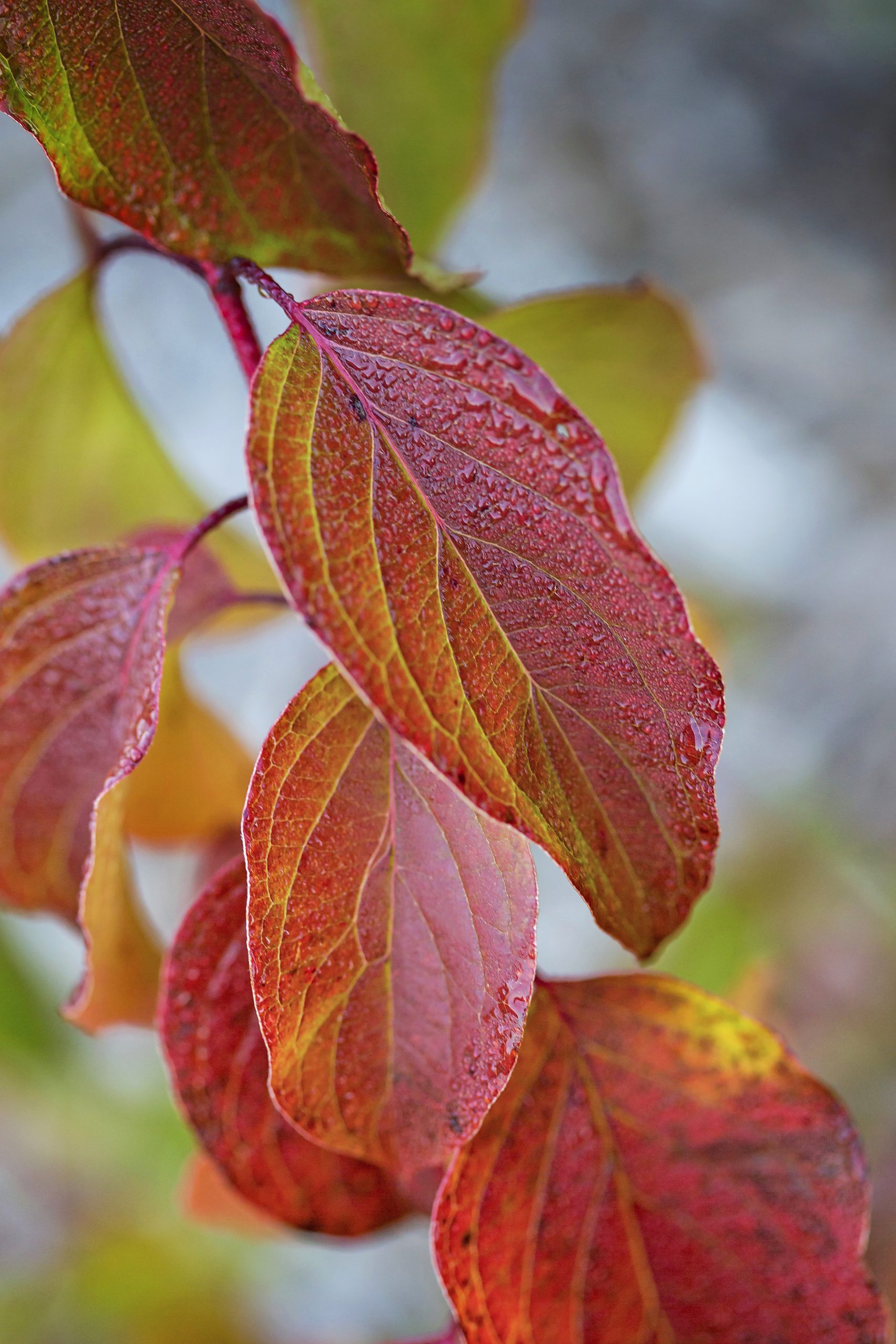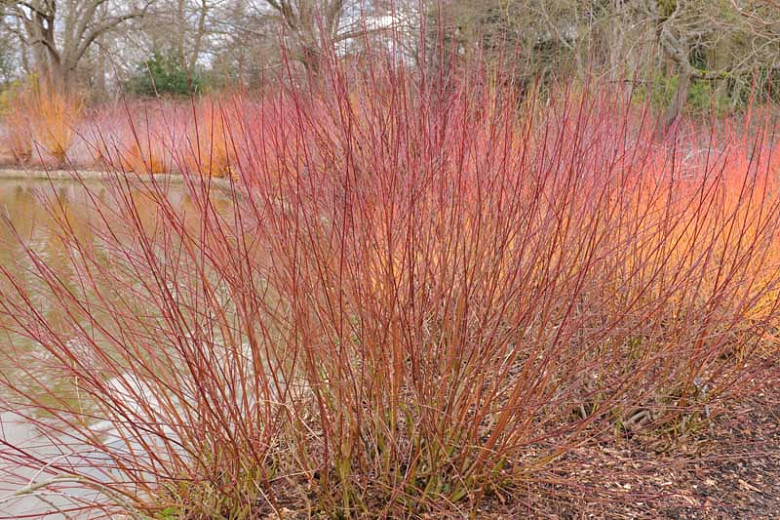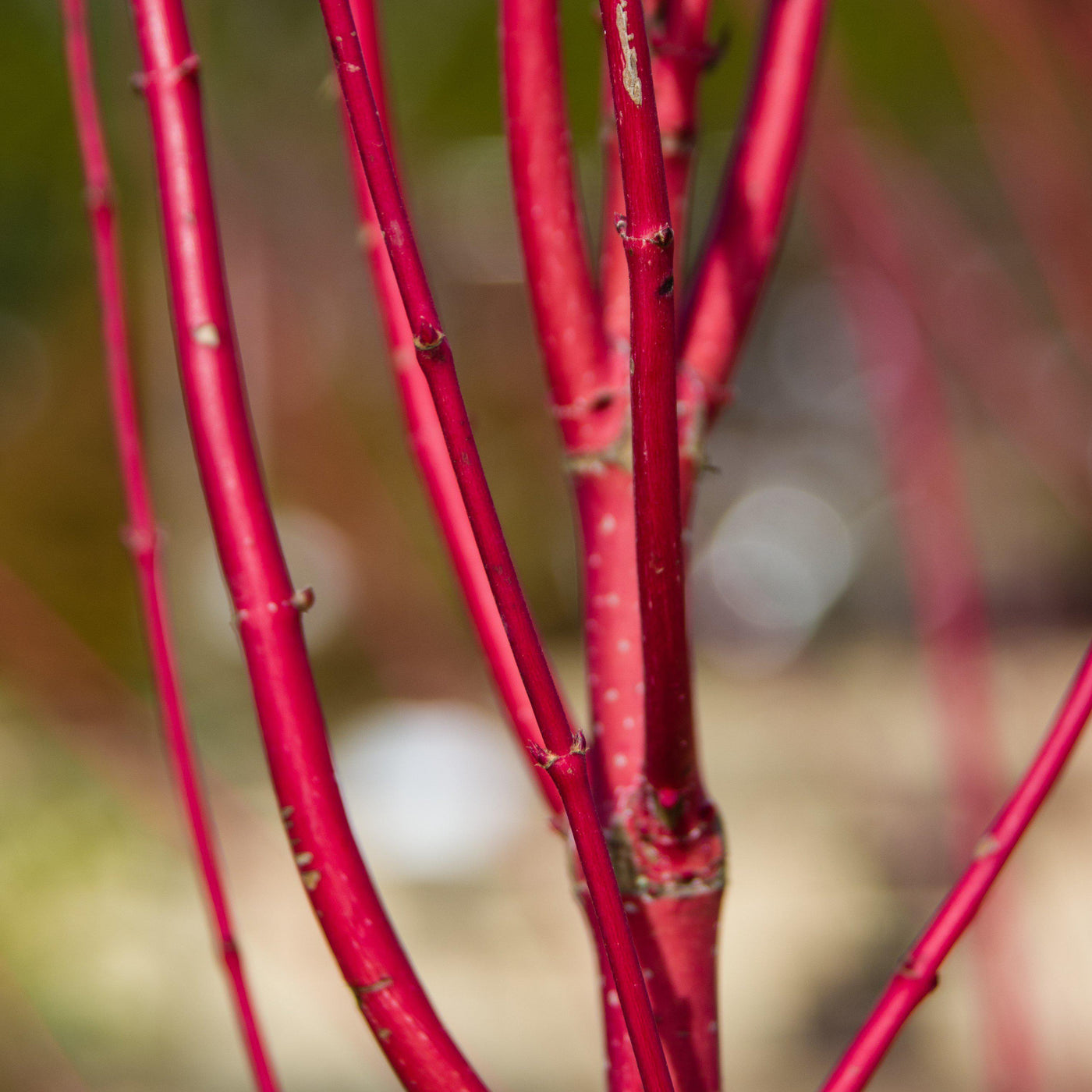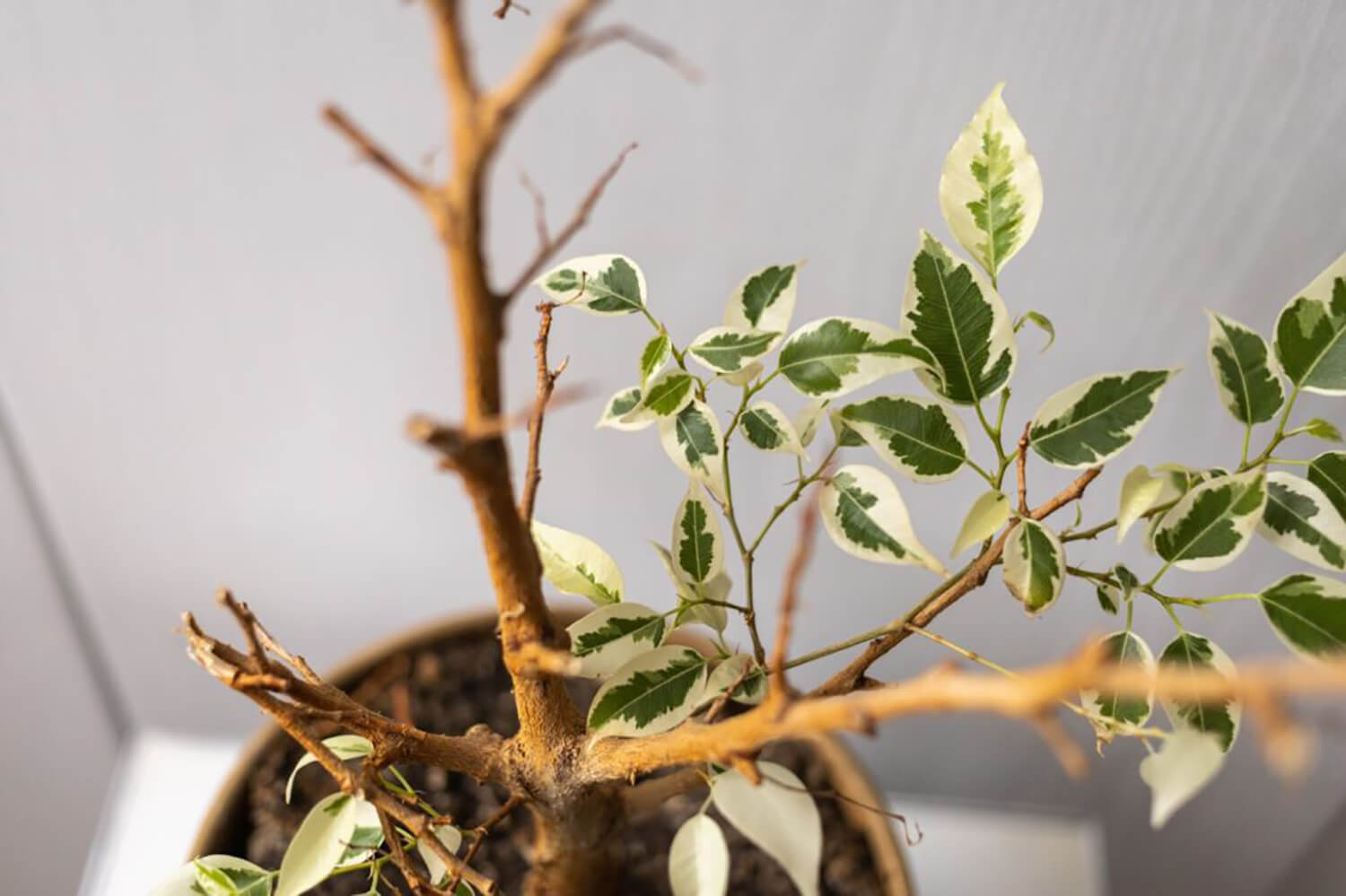Silky Dogwood: The Lowmaintenance Shrub That Will Bloom All Summer
Silky dogwood (Cornus amomum) is a beautiful and versatile shrub that is perfect for adding year-round interest to your garden. It is native to eastern North America and can be found growing in a variety of habitats, from woodlands to stream banks.
Silky dogwood is a medium-sized shrub that typically grows 6-12 feet tall and wide. It has a spreading habit and is covered with dark green leaves that turn reddish-purple in the fall. In late spring to early summer, silky dogwood produces clusters of small, white flowers that are a favorite among butterflies and other pollinators. These flowers give way to bluish-white berries that are a valuable food source for birds.
Silky dogwood is a low-maintenance shrub that is easy to care for. It is tolerant of a variety of soil types and pH levels, and it can withstand some drought conditions. Silky dogwood prefers full sun, but it can also tolerate partial shade.
Silky dogwood is a great choice for a variety of landscape applications. It can be used as a specimen shrub, a hedge, or a border plant. It is also a good choice for planting along streams or ponds, as it is tolerant of wet soil conditions.
If you are looking for a beautiful and low-maintenance shrub that will add year-round interest to your garden, silky dogwood is a great option.
Here are some additional benefits of growing silky dogwood:
- It is a host plant for the azure butterfly, a beautiful blue butterfly that is found in eastern North America.
- The berries are eaten by birds, providing them with a valuable food source in the fall and winter.
- The bark is reddish-brown in the winter, providing a splash of color in the garden.
- Silky dogwood is relatively pest- and disease-free.
Here are some tips for caring for silky dogwood:
- Plant in full sun or partial shade.
- Water regularly, especially during the first year after planting.
- Mulch around the base of the plant to help retain moisture and suppress weeds.
- Prune in late winter or early spring to remove dead or damaged branches.
Conclusion
Silky dogwood is a beautiful and low-maintenance shrub that is perfect for adding year-round interest to your garden. It is easy to care for and is tolerant of a variety of conditions. If you are looking for a shrub that will add beauty and wildlife value to your garden, silky dogwood is a great option.
For more information about silky dogwood, please visit Home Gardening. This website has a wealth of information about the plant, including its care, propagation, and uses.
FAQ of silky dogwood
- What is silky dogwood?
Silky dogwood (Stewartia koreana) is a deciduous flowering tree native to Korea and Japan. It is known for its beautiful white flowers, which bloom in late spring to early summer. The leaves of silky dogwood are also attractive, turning a brilliant yellow or red in the fall.
- What are the benefits of planting silky dogwood?
Silky dogwood is a versatile tree that can be used in a variety of settings. It is tolerant of a wide range of soils and conditions, and it is relatively pest- and disease-resistant. Silky dogwood is also a good choice for urban areas, as it is tolerant of air pollution.
- How to care for silky dogwood?
Silky dogwood is a relatively low-maintenance tree. It does best in full sun to partial shade, and it requires regular watering during the first few years after planting. Silky dogwood does not need to be pruned often, but it may benefit from light pruning in the spring to remove dead or damaged branches.
- What are some common problems with silky dogwood?
The most common problem with silky dogwood is anthracnose, a fungal disease that can cause leaf spots and defoliation. Anthracnose can be controlled with fungicide applications. Other problems that can affect silky dogwood include borers, scale insects, and leaf miners.
- Where can I buy silky dogwood?
Silky dogwood is available at most garden centers. It is also possible to find it online.
Image of silky dogwood
- Silky dogwood in full bloom. This image shows a large, mature silky dogwood tree in full bloom. The white flowers are clustered in small, drooping clusters. The leaves are a deep green color.
- Close-up of silky dogwood flowers. This image shows a close-up of the white flowers of a silky dogwood tree. The flowers are delicate and have a sweet fragrance.

- Silky dogwood leaves in fall. This image shows the leaves of a silky dogwood tree in fall. The leaves are a golden yellow color.

- Silky dogwood bark. This image shows the bark of a silky dogwood tree. The bark is a smooth, gray color.

- Silky dogwood in a forest. This image shows a silky dogwood tree growing in a forest. The tree is surrounded by other trees and plants.

- Silky dogwood in a garden. This image shows a silky dogwood tree growing in a garden. The tree is surrounded by flowers and other plants.
- Silky dogwood in winter. This image shows a silky dogwood tree in winter. The leaves have fallen off, but the branches are still green.

- Silky dogwood silhouette. This image shows a silhouette of a silky dogwood tree against a sunset sky. The tree is tall and slender, and the leaves are a dark green color.

- Silky dogwood in a stream. This image shows a silky dogwood tree growing in a stream. The tree's roots are exposed, and the water is flowing around the tree.
- Silky dogwood as a bonsai tree. This image shows a silky dogwood tree that has been trained as a bonsai tree. The tree is small and compact, and the leaves are a deep green color.

Post a Comment for "Silky Dogwood: The Lowmaintenance Shrub That Will Bloom All Summer"